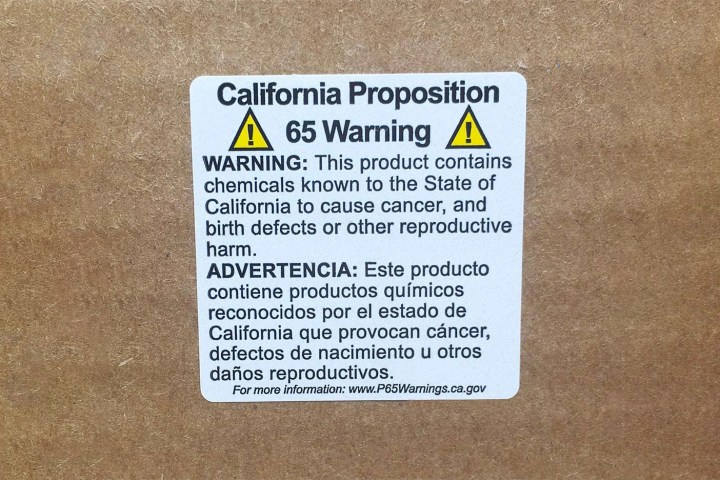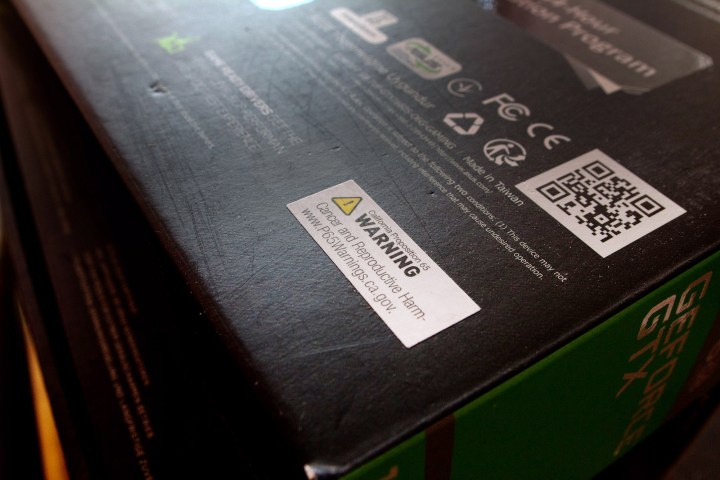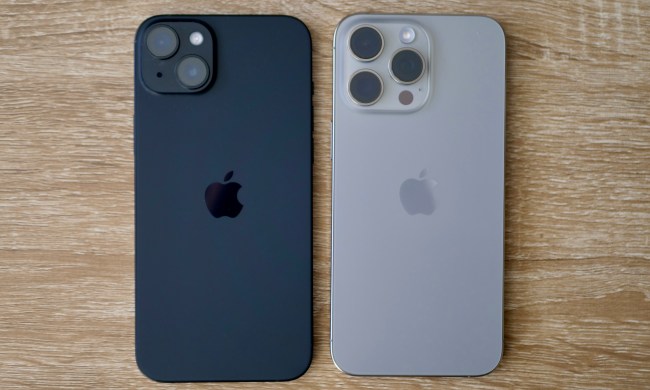After buying one of the best smartphones, you may have been given pause during the glorious unboxing process by a California Proposition 65 warning. Big exclamation marks and warnings about cancer and birth defects and reproductive health could have you thinking “maybe this isn’t a thing I need in my life.” These Proposition 65 labels are everywhere, and it can be hard to figure out if the danger they present is real. Odds are if it’s dangerous in California, it’s probably dangerous elsewhere too, right? Let’s dig into this very sticky situation.
What is Proposition 65?

Proposition 65, or the Safe Drinking Water and Toxic Enforcement Act, is an act in California designed to protect its local water sources. This law requires that companies have to disclose when their products contain chemicals that can lead to cancer, reproductive harm, or birth defects should they leak into the water supply. This is an unconventional reversal that places the burden of proof on manufacturers to demonstrate that their products aren’t toxic, as opposed to leaving it to consumers to prove that they are.
The state maintains a list of chemicals that have been shown to cause those health problems, and companies have to disclose which of those chemicals are in their products. If the concentration of some of those chemicals is below a safe harbor level, companies aren’t required to include a label. Proposition 65 applies to any products that are shipped into California as well, so you’re likely to see warning labels when shopping online.
What does Prop 65 mean for me?

Many of your favorite products will include documentation specific to Proposition 65, especially electronics rife with potentially harmful chemicals. This usually takes the form of a label like that shown above. In general, those labels need to be more specific than simply saying the product contains harmful chemicals.
Does this mean you should worry about the label? As well-intentioned as Proposition 65 is, it lacks nuance. This means that if a product uses one of over 900 chemicals covered and is over the threshold, it gets a label. Toxic waste could get the same label as coffee. This liberal use of the warning is thanks in no small part to overzealous litigators that have chased companies for settlements for infractions of the law, which carries a fine of up to $2,500 per day. In 2019 alone about $30 million in Proposition 65 settlements was generated across 898 cases. The cost of adding the label, even just as a precaution, far outweighs the legal risks of not having one, resulting in wide and often unnecessary usage. One study has shown that this scattershot approach to warning labels has resulted in little change in end-user behavior and health.
That said, if you can find a comparable product without a Proposition 65 warning label, it may be worth considering. If you can’t, there’s a fair chance that the label was included out of an overabundance of caution.
Did Proposition 65 work?

Proposition 65 first came into effect in 1986 as a response to EPA reports that electronics runoff was contaminating Santa Clara’s water supply. Five years afterward, a review panel issued some non-unanimous feedback, including that “Proposition 65 has compelled businesses to know more about their products and has generally resulted in an increase in industry’s preventative behavior.” Proposition 65 had gone above and beyond federal regulations, and prompted a review of many chemical safety standards at the national level. The bulk of Proposition 65’s work in the early days was able to weed out major obvious health concerns, like lead being used in jewelry.
By 1997, the chemicals Proposition 65 aimed to eliminate had been reduced from the air by 85%, compared to a 50% reduction in other states. The progress on the water supply is less decisive. Today, 10% of California’s public drinking water is still below health standards, and six million Californians have drunk dirty water in the last decade. Much of that is due to agricultural runoff.
It can be hard to track which manufacturers made what changes behind the scenes to avoid fines and labels. After all, few companies would want to admit that they used cancer-causing chemicals in their products in the first place. Proposition 65’s principal author, David Roe, has said that the main thrust of the law was to get companies to adapt their products, not to slap warning stickers on everything.
Proposition 65 has had a positive impact after being in force for over 30 years, but it could be argued that it’s producing diminishing returns for Californians.
As you can see, there’s a lot going on behind the scary labels on your tech. In a perfect world, none of our products would have them. Hopefully, their use in California can continue to pressure manufacturers to find alternative materials and ultimately deliver less environmentally hazardous products to everyone.



